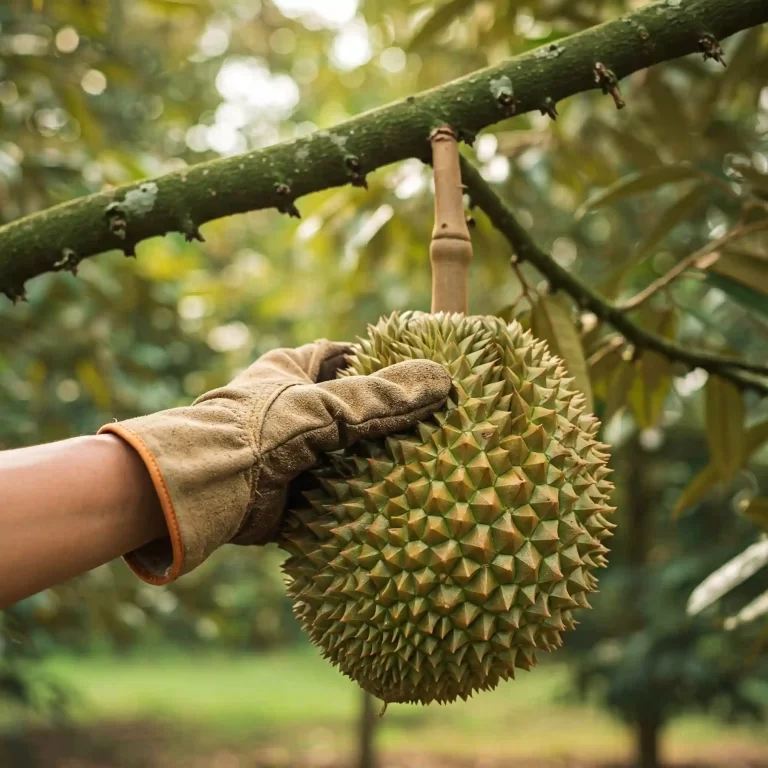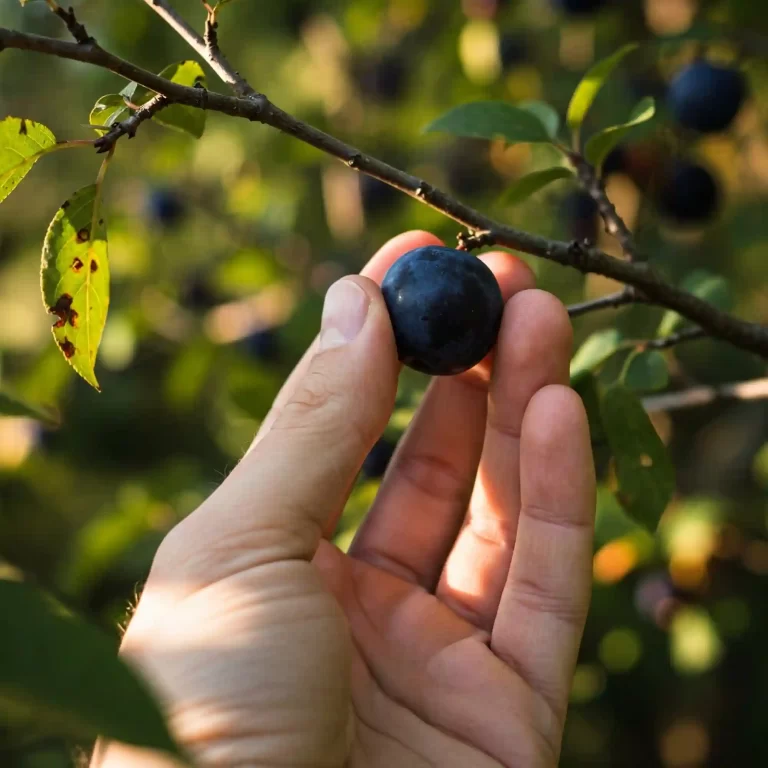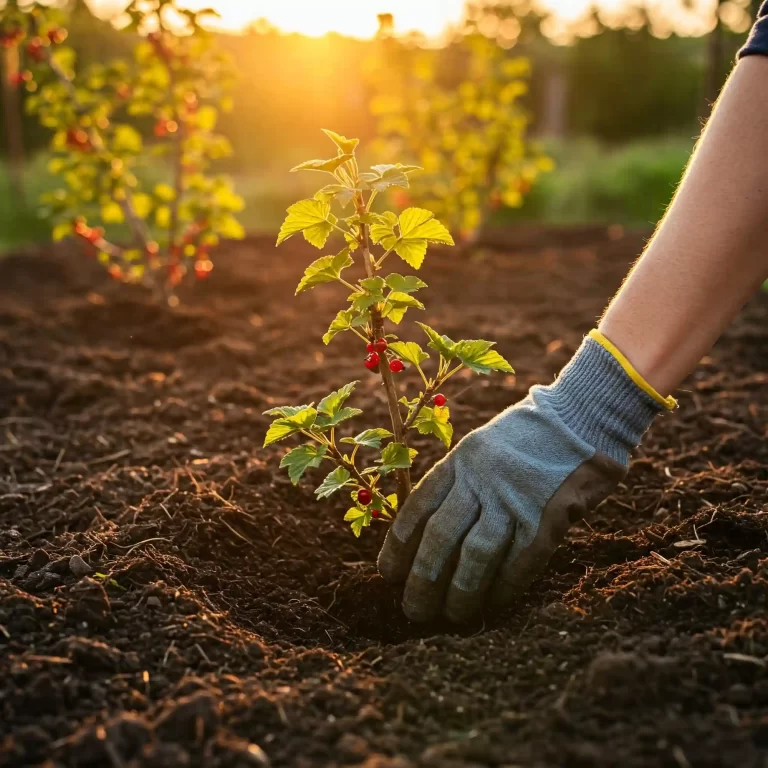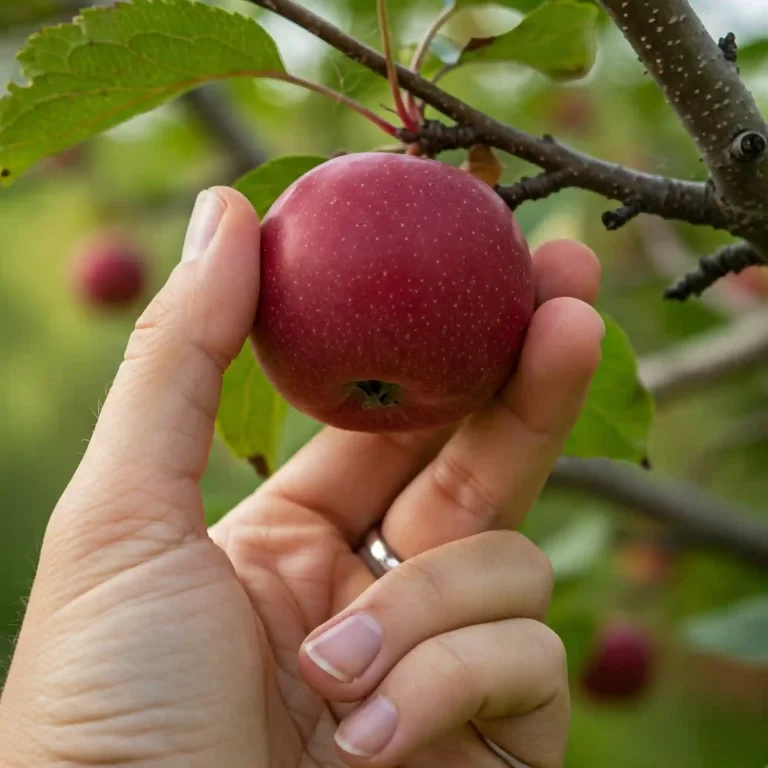Key Takeaways
- Trees are amazing plants that can host a variety of other plants, such as epiphytes, parasites, and mistletoe
- Epiphytes are plants that grow on other plants without harming them, such as orchids, bromeliads, and ferns
- Parasites are plants that grow on other plants and take nutrients from them, such as mistletoe, dodder, and cuscuta
- Trees grow from seeds to mature plants through a process of germination, growth, and reproduction
- Trees provide many benefits and services for humans and nature, such as oxygen, food, shelter, and beauty
Introduction
Have you ever wondered what grows on trees besides fruits and nuts? You may be surprised to learn that there are many different types of plants that can grow on trees, some of them even more fascinating than the trees themselves. In this article, you will discover what epiphytes, parasites, and mistletoe are, how they grow on trees, and how to care for them. You will also learn how trees grow from seeds to mature plants, what factors affect their growth and health, and why they are so important for us and the environment. By the end of this article, you will have a deeper appreciation and understanding of the amazing diversity and complexity of plants that grow on trees.
Epiphytes: The Air Plants That Live on Trees
Epiphytes are plants that grow on other plants without harming them. They are also known as air plants because they do not need soil to survive. They get their water and nutrients from the air, rain, or the host plant. Epiphytes can be found in many parts of the world, but they are especially abundant in tropical and subtropical regions where the climate is warm and humid.
Some of the most common and popular epiphytes are orchids, bromeliads, and ferns. Orchids are a diverse group of flowering plants that have colorful and fragrant blooms. They can grow on trees or other surfaces, such as rocks or logs. Bromeliads are a group of tropical plants that have spiny leaves and colorful flowers. They can store water in their leaves or in a central cup. Ferns are a group of ancient plants that have feathery fronds and spores. They can grow on trees or other moist places, such as rocks or walls.
Epiphytes have many benefits and challenges when growing on trees. Some of the benefits are:
- They can access more light and air than ground-dwelling plants
- They can avoid competition and predation from other plants and animals
- They can create a microhabitat for other organisms, such as insects, birds, and frogs
Some of the challenges are:
- They have to cope with drought and temperature fluctuations
- They have to rely on wind or animals for pollination and dispersal
- They have to adapt to different host plants and their conditions
If you want to grow epiphytes at home or in your garden, you need to provide them with the right environment and care. Some of the tips and tricks for growing epiphytes are:
- Choose epiphytes that are suitable for your climate and location
- Mount them on a suitable support, such as a piece of wood, bark, or wire
- Water them regularly but not excessively
- Mist them occasionally to increase humidity
- Fertilize them sparingly with a diluted solution
- Prune them carefully to remove dead or diseased parts
Epiphytes are amazing plants that can add beauty and interest to your home or garden. They are like living jewels that sparkle on the branches of trees. They are also like friendly companions that share your space without causing any harm.
Parasites: The Plants That Steal from Trees
Parasites are plants that grow on other plants and take nutrients from them. They are also known as parasitic plants or hemiparasites. They have roots that penetrate the host plant and extract water and minerals from its tissues. Some parasites can also photosynthesize, while others depend entirely on the host for their energy.
Some of the most common and notorious parasites are mistletoe, dodder, and cuscuta. Mistletoe is a parasitic plant that grows on trees and has white berries and evergreen leaves. It is often associated with Christmas and kissing, but it can also damage and kill its host. Dodder and cuscuta are parasitic vines that wrap around their host and form a dense network of stems and suckers. They can infect and weaken many crops and ornamental plants.
Parasites have many effects and impacts on trees and the environment. Some of them are:
- They reduce the growth and yield of the host plant
- They increase the susceptibility of the host plant to diseases and pests
- They alter the structure and function of the host plant and its ecosystem
- They affect the biodiversity and distribution of other plants and animals
If you want to prevent and control parasitic plants, you need to be aware of their presence and behavior. Some of the advice and solutions for dealing with parasites are:
- Inspect your plants regularly for signs of infection, such as yellowing, wilting, or stunted growth
- Remove any infected or infested parts of the plant as soon as possible
- Dispose of any infected or infested plant material properly, such as burning or burying it
- Avoid planting susceptible or vulnerable plants near known sources of parasites
- Use resistant or tolerant varieties of plants if available
- Apply chemical or biological agents if necessary, but follow the instructions carefully
Parasites are fascinating plants that can challenge and threaten their host. They are like cunning thieves that sneak into your home and rob you of your valuables. They are also like ruthless invaders that conquer your territory and destroy your resources.
How Do Trees Grow: The Science Behind the Green Giants
Trees are amazing plants that can grow from seeds to mature plants through a process of germination, growth, and reproduction. They are also known as woody plants because they have a hard and durable stem called a trunk that supports their branches and leaves. Trees can be classified into different types, such as deciduous, evergreen, and coniferous.
Deciduous trees are trees that shed their leaves in autumn and grow new ones in spring. They do this to conserve water and energy during winter when the weather is cold and dry. Some examples of deciduous trees are oak, maple, and birch.
Evergreen trees are trees that keep their leaves throughout the year. They do this to take advantage of the sunlight and photosynthesis whenever possible. Some examples of evergreen trees are pine, spruce, and eucalyptus.
Coniferous trees are trees that have needle-like or scale-like leaves and produce cones that contain seeds. They are a type of evergreen tree that can survive in cold and harsh climates. Some examples of coniferous trees are fir, cedar, and juniper.
Trees grow from seeds to mature plants through a process of germination, growth, and reproduction. The process can be summarized as follows:
- Germination: The seed absorbs water and breaks out of its protective coat. The seedling emerges from the soil and develops roots, stem, and leaves.
- Growth: The plant grows taller, thicker, and stronger by producing more cells and tissues. The plant also produces flowers, fruits, or cones that contain seeds.
- Reproduction: The plant reproduces by dispersing its seeds through wind, water, animals, or humans. The seeds land on a suitable site and start the cycle again.
Trees provide many benefits and services for humans and nature, such as oxygen, food, shelter, and beauty. Some of the information and statistics on the importance of trees are:
- Trees produce oxygen by using carbon dioxide and water in photosynthesis. One large tree can produce enough oxygen for four people per day.
- Trees provide food for humans and animals by producing fruits, nuts, seeds, sap, or honey. One apple tree can produce up to 400 pounds of apples per year.
- Trees provide shelter for humans and animals by offering shade, protection, insulation, or nesting sites. One mature tree can house up to 500 species of insects, birds, mammals, fungi, bacteria.
- Trees provide beauty for humans and nature by adding color, texture, shape, or fragrance to the landscape. One cherry tree can produce up to 20,000 flowers in spring.
Trees are amazing plants that can inspire awe and admiration in us. They are like green giants that stand tall and proud in the land. They are also like wise elders that have witnessed and endured many changes and challenges in the world.
Conclusion
In this article, you have learned about the different types of plants that grow on trees, such as epiphytes, parasites, and mistletoe. You have also learned how trees grow from seeds to mature plants, what factors affect their growth and health, and why they are so important for us and the environment. You have gained a deeper appreciation and understanding of the amazing diversity and complexity of plants that grow on trees.
We hope you enjoyed reading this article and found it useful and informative. If you have any questions or comments, please feel free to share them with us. We would love to hear from you. And if you want to learn more about plants, trees, or gardening, please visit our website for more articles and resources.
Thank you for reading and happy gardening!




